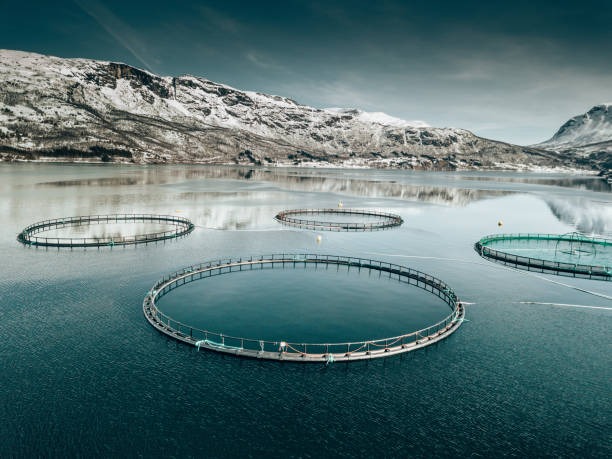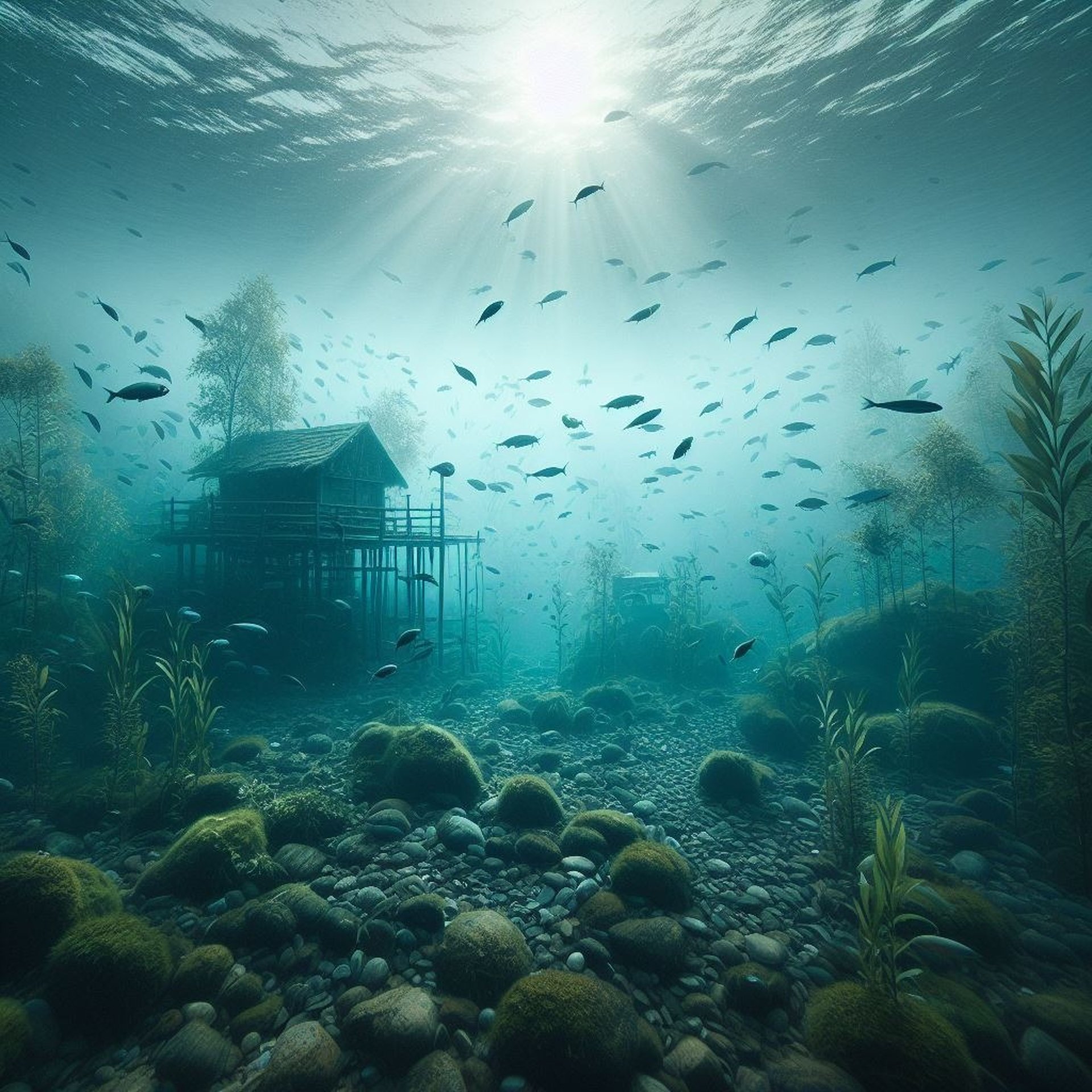
Salmon Norway
Recognising Advances: The Norwegian government’s support for the development of new technologies, including the introduction of development licenses, has encouraged the proposal of innovative solutions to reduce negative environmental externalities. For example, the expansion of aquaculture into open ocean areas and the reduction of emissions from inshore production systems are being explored. Additionally, the development of vegetarian salmon feed and the search for alternative feed sources are contributing to a more sustainable industry.
Sustainability: Norwegian salmon farmers have taken significant steps to ensure the feed used for salmon is sustainable. All soy in Norwegian salmon feed is certified as non-deforestation soy, and in 2021, farmers and feed producers announced they would no longer purchase soy from suppliers involved in deforestation elsewhere. Additionally, the feed is free from GMOs, antibiotics, and sourced from sustainable marine ingredients.
Technology: The Norwegian salmon farming sector is undergoing a significant transformation, driven by technological innovations and a growing focus on sustainability. With the introduction of new production systems, such as land-based and semi-closed containment systems, the industry is poised to reduce its environmental footprint and improve fish welfare.
Evolution: Norwegian salmon farming continues to evolve and adapt. The industry’s commitment to sustainability and innovation offers a promising outlook for the future, ensuring that Norwegian farmed salmon remains a high-quality and environmentally conscious product.
Outlook: The future of salmon farming in Norway looks promising, with technological advances and a commitment to sustainability driving growth and improvement. As the industry continues to evolve, it is likely that new production strategies will emerge, prioritising environmental stewardship, animal welfare, and economic viability. With its strong foundation in innovation and sustainability, the Norwegian salmon farming industry is well-positioned to meet the demands of a growing global market while minimizing its impact on the environment.
Advances: Norwegian salmon farming also focuses on improving technical standards for aquaculture infrastructure, which has led to advancements in the production of eggs and juveniles in freshwater facilities and the growth of fish in open marine cages.
Norway is the world’s largest producer and exporter of farmed salmon, with an annual production of around 1.2 million tonnes. The industry has been growing for over 50 years and is considered a key producer of sustainable, low-carbon footprint protein.
Salmon Farmers in Norway



The information on this website is for general informational purposes only. Fishfarmsolutions.com makes no representation or warranty, express or implied. Your use of the site is solely at your own risk. This site contains links to third party content, which we do not warrant, endorse, or assume liability for.
